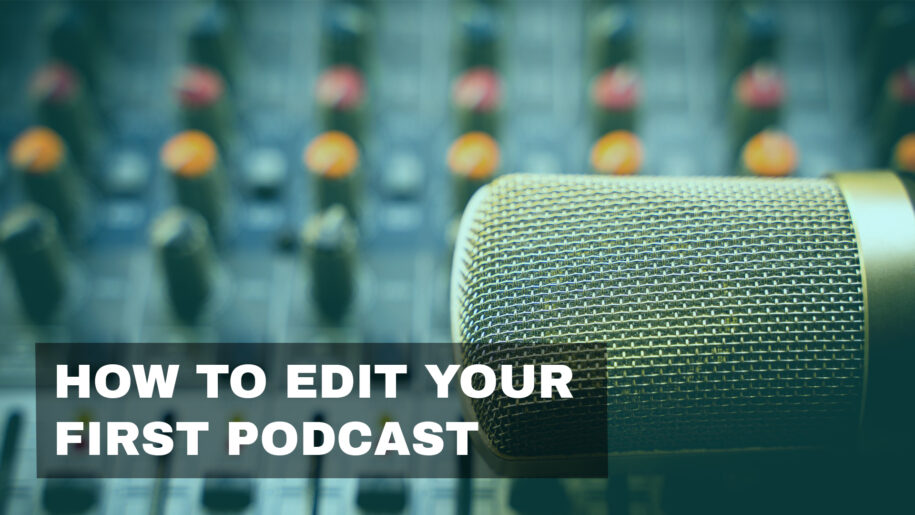Editing is a crucial part of producing a podcast as it ensures the final product is polished, engaging, and professional. If you’re new to podcasting, editing might seem intimidating, but it’s a skill you can master with practice. Here’s a step-by-step guide to help you confidently edit your first podcast episode.
Step 1: Choose the Right Software
First, you’ll need to select editing software. There are several user-friendly options available, ranging from free to professional-grade. For beginners, free software like Audacity or GarageBand (for Mac users) is a great start. These programs provide essential editing features such as cut, trim, fade, and multi-track mixing.
Step 2: Organize Your Files
Before you start editing, organize all your audio files. Label them clearly (e.g., Introduction, Interview, Q&A) to make the editing process smoother. This step helps you keep track of your various segments and any extra audio like ads or music.
Step 3: Assemble Your Timeline
Import your audio files into your chosen editing software. Start assembling your episode on the timeline, arranging your clips in the order they should appear in the podcast. This is where you structure your podcast, placing your introduction, main content, transitions, and outro.
Step 4: Trim and Clean Up Audio
Listen through your audio carefully, and start trimming any excess content—long pauses, ums, ahs, and stutters can usually be removed. This makes your podcast sound more professional and easier to listen to. Also, look for any background noise or distortions that can be reduced using noise reduction tools in your software.
Step 5: Adjust Levels and Add Effects
Ensure all your audio segments are similar in volume. Use the compressor and normalize effects to even out the audio levels. These tools help maintain a consistent volume, which improves the listener’s experience. Additionally, you can use equalization (EQ) to enhance voice clarity and make your podcast sound better.
Step 6: Incorporate Music and Sound Effects
Music and sound effects can add depth and emotion to your podcast, but use them sparingly so they don’t overwhelm your content. Add your intro and outro music, ensuring they fade in and out smoothly. You can also use transitional music to help segue between different segments.
Step 7: Final Playback
After you’ve completed your edits, listen to your podcast from start to finish. This playback is crucial for catching any issues you might have missed earlier. Pay attention to the flow of the conversation, the clarity of the audio, and the effectiveness of transitions.
Step 8: Export and Save Your Project
Once you’re satisfied with the final product, export your podcast in a format suitable for uploading (usually MP3 or AAC). Ensure you choose a high enough bitrate to maintain quality—96kbps to 128kbps is typical for spoken content. Don’t forget to save your project file in case you need to make future edits.
Step 9: Get Feedback
Before you officially release your episode, consider sharing it with a few trusted individuals for feedback. They might catch issues you’ve overlooked or offer suggestions to enhance the podcast.
Bottom Line: Editing your first podcast can be a learning experience filled with trial and error. Each episode will provide new insights into what works best for your style and audience. Remember, the goal of editing is not just to remove mistakes but also to create a compelling, cohesive story that engages your listeners. With time and practice, your editing skills will significantly improve, enhancing the overall quality of your podcast


